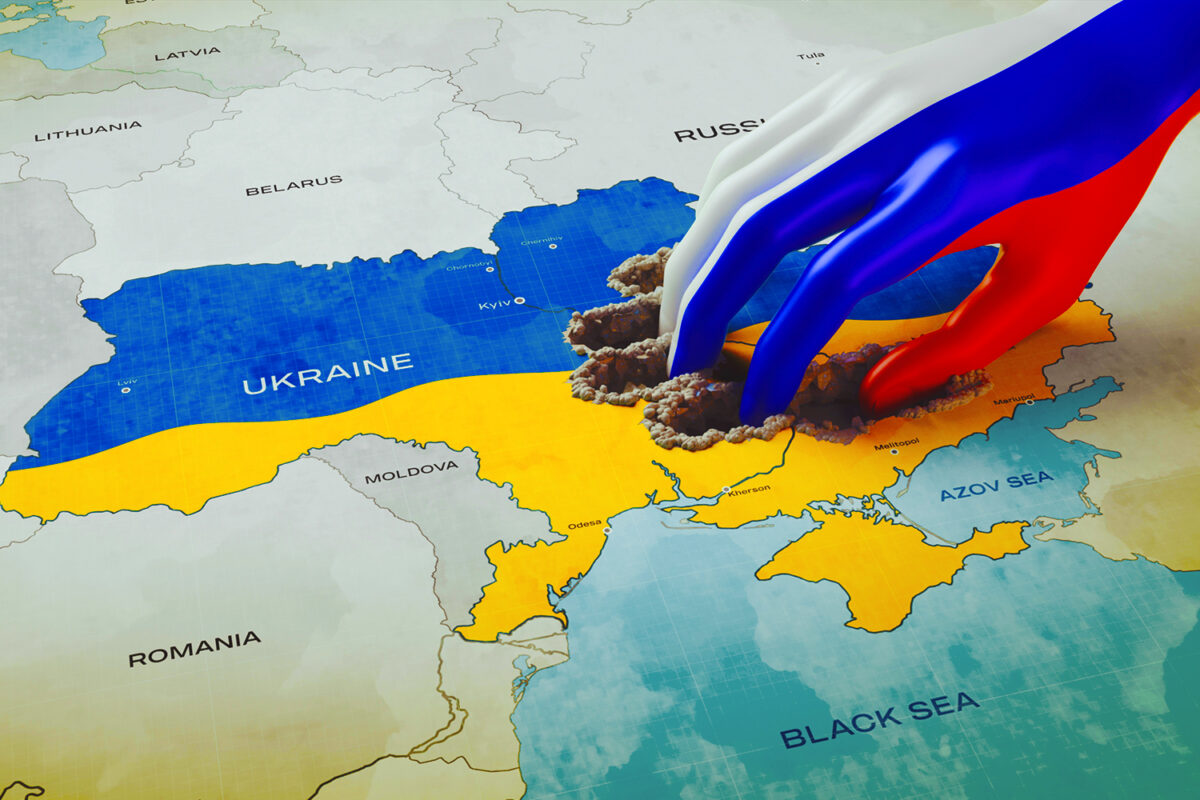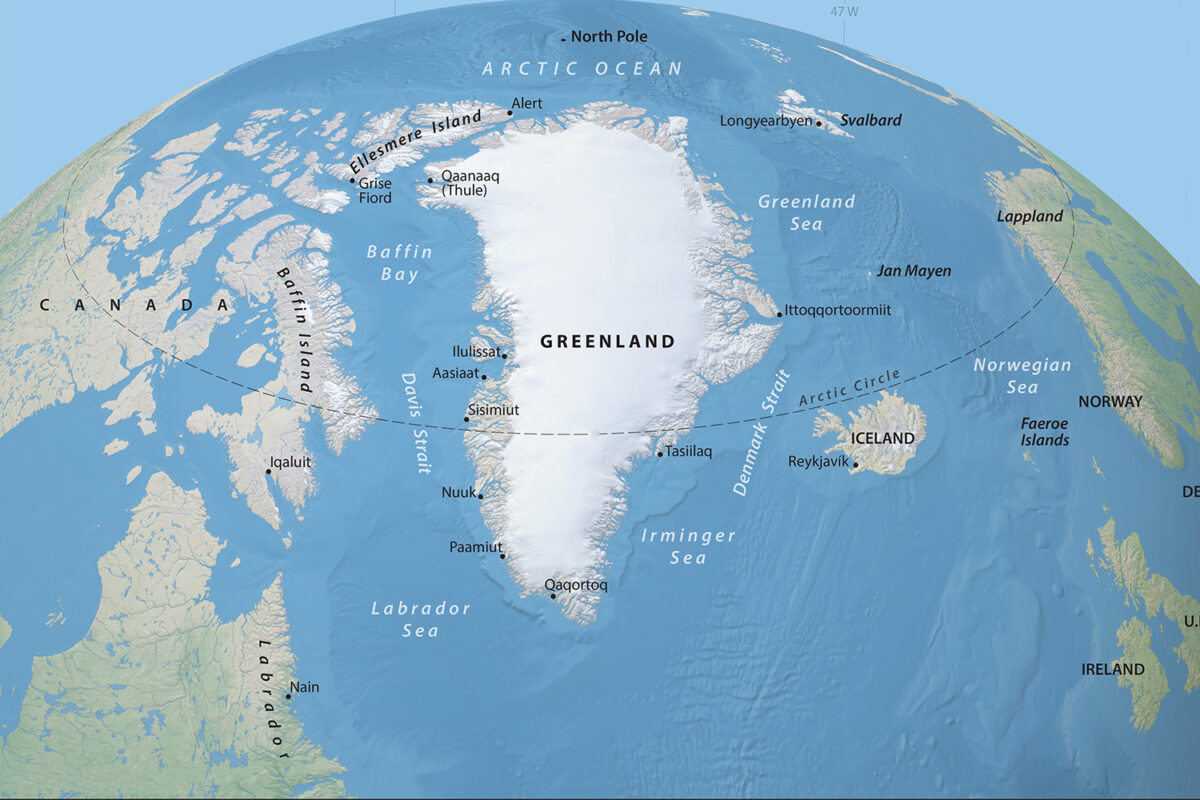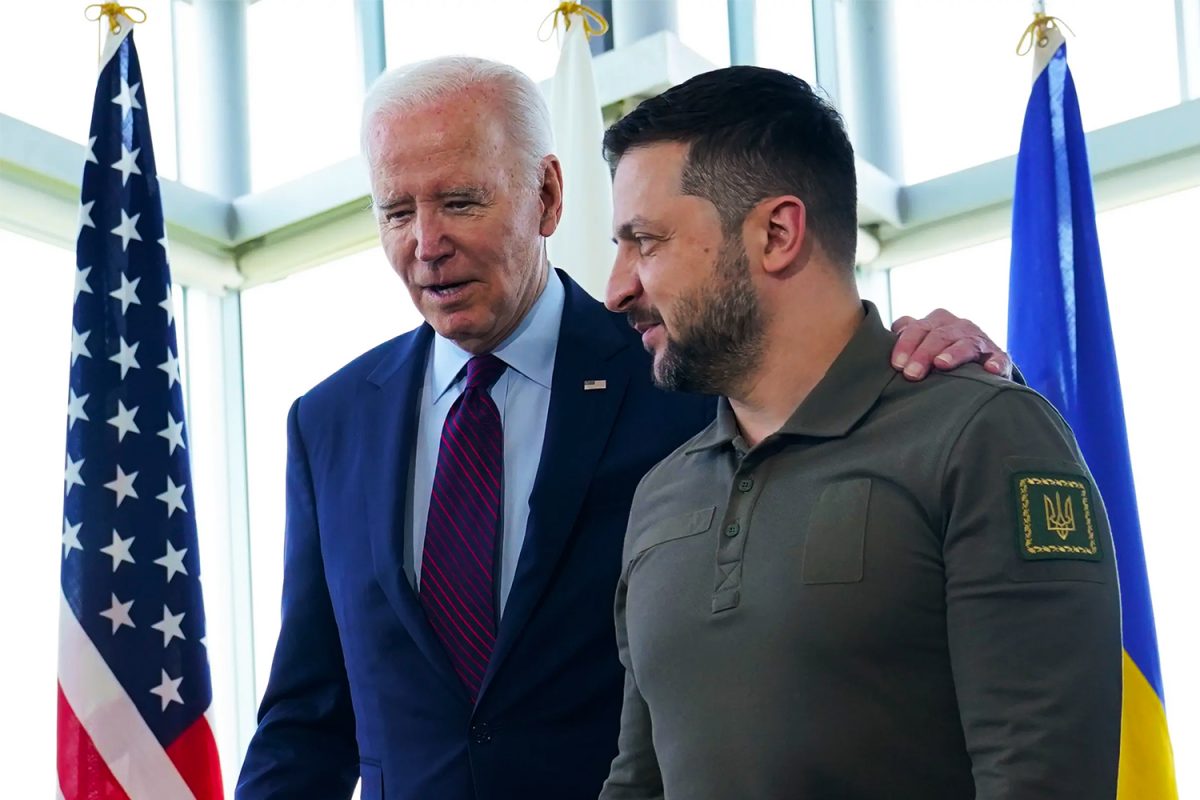Just as one may become a victim of one’s own propaganda, one may also become a victim of one’s own bravado. Pummelling largely defenceless civilians, whether in Chechnya, Syria or Georgia is significantly easier than invading those who actually have the ability to resist. The invasion of Ukraine has not turned out the way Russia’s leaders hoped and as we pass the two week mark, Kyiv seems as far as ever for Russian forces.
As is often the case, when assumptions are made they are invariably wrong. Russia’s failing to account for the transformation of the Ukrainian armed forces in the preceding 8 years is a fatal error. Rather than capitulate, Ukrainians have taken the fight to the Russians, and after two weeks into what was supposed to be nothing more than a “special operation” Russia is making very slow progress, despite having clear military superiority.
The main objectives of the Russian invasion, although not stated or expressed clearly, seem to be the seizure of territory from the Russian border to the Dnieper river and a dash to the capital to remove the regime. When consideration is given to the Russians armed forces performance in Ukraine then, it would appear that the emperor is in fact not wearing any clothes. A plethora of military observers and specialists decried the poor state of affairs in the Russian armed forces. Despite the excess of the Yetlsin era being largely overcome, a new breed of nepotism and corruption has afflicted the Russian military. Although Putin has lavished money to modernise the military according to Andrei V. Kozyrev, much of that budget was stolen and spent on mega-yachts in Cyprus. But as a military advisor you cannot report to the President his cronies have stolen his budget, they will most likely take your tongue at best and your life at worst. So instead advisors reported lies to him instead.[1]
One hundred and forty miles from the Belarusian border the Russian assault of Kiev seems to have stalled. Woeful planning, insufficient supplies of fuel and food, highly demoralised troops who were informed they were actually heading for war at the last minute and highly efficient Ukrainian attacks on choke points on the main routes, as well as the poor quality of the cheap Chinese tyres on Russian trucks, all resulted in the inability of Russian logistics to cope with the famed rasputitsa.[2] The inferior quality of Chinese tyres is no match for the sea of mud that forms when the ground thaw after the winter freeze, immobile trucks without the ability to turn around or move off narrow country lanes snarl supply lines and create logistical and replenishment issues for troops in front and behind them, combined with copious amounts of javelin anti-tank missiles the Russian attack has stalled 40 miles from its intended target, leaving many European armies wondering why they feared a Russian attack in the first place. An army that is suffers logistical and sustainment issues a stone throw from its border, has little or no chances for success operating long supply lines into eastern and western Europe.[3]
The offensives on the other fronts, although progressing, have similar issues. Abandoned and burning trucks, tanks, and even $25 million air defence systems lie abandoned on Ukrainian roads, often being towed away by Ukrainian tractors in a comical fashion. So far, estimates put Russian losses at around 4,000 killed and over 10,000 injured, equating to over 6% of the forces Russia has deployed in Ukraine.[4] In terms of hardware, Russia has reportedly lost over 750 armoured vehicles including tanks, armoured personnel carriers and self propelled artillery units. Although the Russian reserve of these vehicles may be vast, the destruction of so many has proved an embarrassment to the Russian Army.
The Russian air force, the VVS, has fared worse. It failed to suppress Ukraine’s air defences and has failed to establish complete air superiority over Ukraine, despite the overwhelming superiority in equipment and personnel that it enjoys over the Ukrainian air force. Russian convoys are regularly decimated by relatively unsophisticated Turkish TB2 drones and there seems to be little that the Russian air force can do about it. Its losses mainly to Ukrainian ground fire have been spectacular; around 11 aircraft including Russia’s most advanced Su-34 have been shot down together with 11 helicopters including the famed KA-22 alligator and 2 drones.
The performance of the Russian armed forces has been remarkably poor. It is now evident that Russia may excel at targeting hospitals, schools, bakeries and civilian infrastructure in general but struggles against a significantly smaller and weaker adversary who has the ability to shoot back even in a limited fashion.
Putin will no doubt adopt the familiar Russian tactic of bespredel, where no quarter is given to a weaker enemy. It appears if he cannot have Ukrainian cities whole he will no doubt have them destroyed. As the fog or war clears and the reality of the Russian armed forces emerges, it no longer seems so freighting to its European neighbours. Lt. Gen. Martin Herem, Estonia’s chief of defense, remarked during a news conference at an air base in northern Estonia: “Today what I have seen is that even this huge army or military is not so huge.”[5] His counterpart Gen. Mark A. Milley, the chairman of the U.S. Joint Chiefs of Staff, General Herem’s colleague and the air force chief, Brig. Gen. Rauno Sirk, in an interview with a local newspaper, was even more dismissive in his assessment of the Russian air force. “If you look at what’s on the other side, you’ll see that there isn’t really an opponent anymore.”[6]
[1] Russia Ex-FM Kozyrev: Military Failing Because Budget Spent on Yachts (businessinsider.com)
[3] As Russia’s Military Stumbles, Its Adversaries Take Note – The New York Times (nytimes.com)
[5] As Russia’s military stumbles, its adversaries take note | The Seattle Times
[6] ibid




